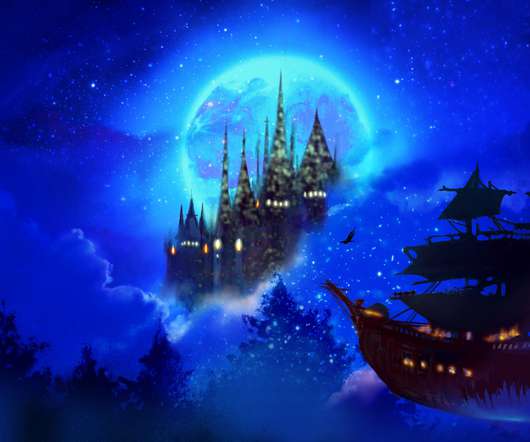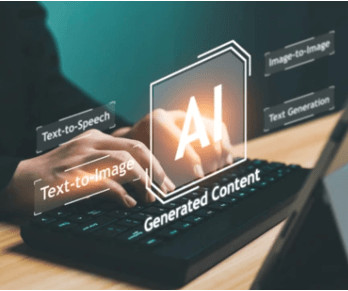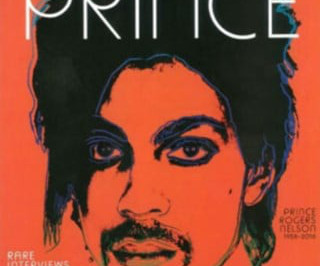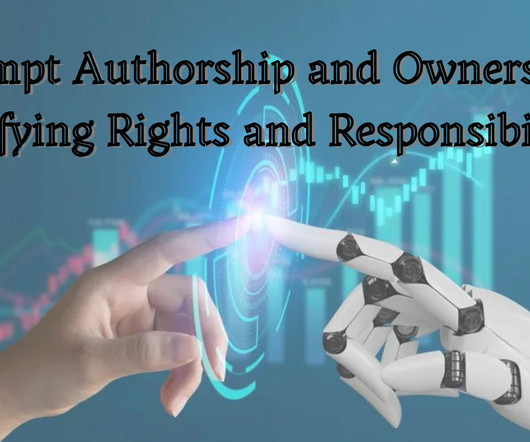Artists Attack AI: Why The New Lawsuit Goes Too Far
Copyright Lately
JANUARY 23, 2023
“A photorealistic dining table made out of old license plates” (Midjourney) The tool can then apply its knowledge of tables to the knowledge it has acquired about aesthetic choices, styles and perspectives, all en route to creating a new image that’s never existed before. The Copyright Act Definition is Broad, But.














Let's personalize your content